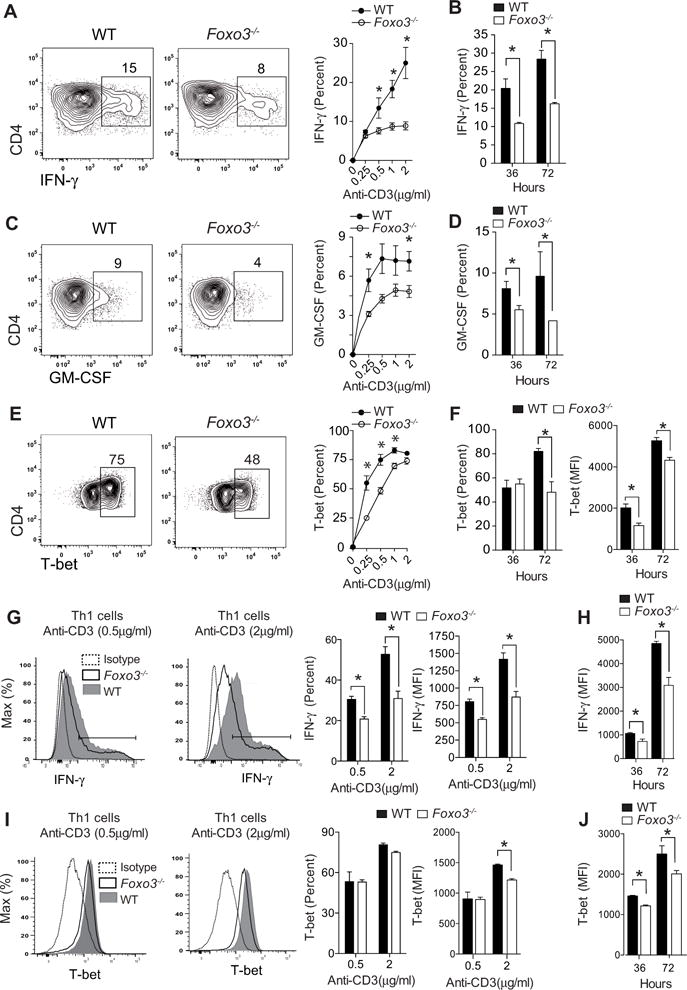Figure 2. Foxo3 deficiency impaired pathogenic Th1 cell differentiation.

(A) IFN-γ production by WT or Foxo3−/− naive CD4+ T cells stimulated with anti-CD3 (0.5 μg/mL) under non-polarizing condition for 36 hours. Frequency of IFN-γ produced by WT (black circles) or Foxo3−/− (open circles) CD4+ T cells stimulated with anti-CD3 Abs for 36 hours (n=5 mice per genotype) (B) Frequency of IFN-γ production by WT (black bars) or Foxo3−/− (open bars) CD4+ T cells stimulated with anti-CD3 mAbs (2μg/mL) for the indicated time (n=5 mice per genotype). (C) GM-CSF production by WT or Foxo3−/− naive CD4+ T cells stimulated as in A (n=5 mice per genotype). (D) Frequency of GM-CSF production by WT (black bars) or Foxo3−/− (open bars) CD4+ T cells stimulated as in B (n=4 mice per genotype) (E) T-bet expression by WT (black circles) or Foxo3−/− (open circles) CD4+ T cells stimulated as in A (n=5 mice per genotype). (F) Frequency and MFI of T-bet expression by WT (black bars) or Foxo3−/− (open bars) CD4+ T cells stimulated as in B (n=5 mice per genotype). (G) Frequency and MFI of IFN-γ+ expression by WT (black bars) or Foxo3−/− (open bars) CD4+ T cells stimulated with anti-CD3 mAbs in Th1 cell polarizing conditions for 36 hours (n=5 mice per genotype) or (H) stimulated with 2μg/mL of anti-CD3 mAbs in Th1 cell polarizing conditions for 36 or 72 hours (n=5 mice per genotype). (I) Frequency and MFI of T-bet expression by naive CD4+ T from WT (black bars) or Foxo3-deficient mice (open bars) stimulated as in G (n=5 mice per genotype) or (J) as in H. Data are representative of three independent experiments. Error bars, SEM.; P values (Mann–Whitney U test). See also Figure S2 and S3
